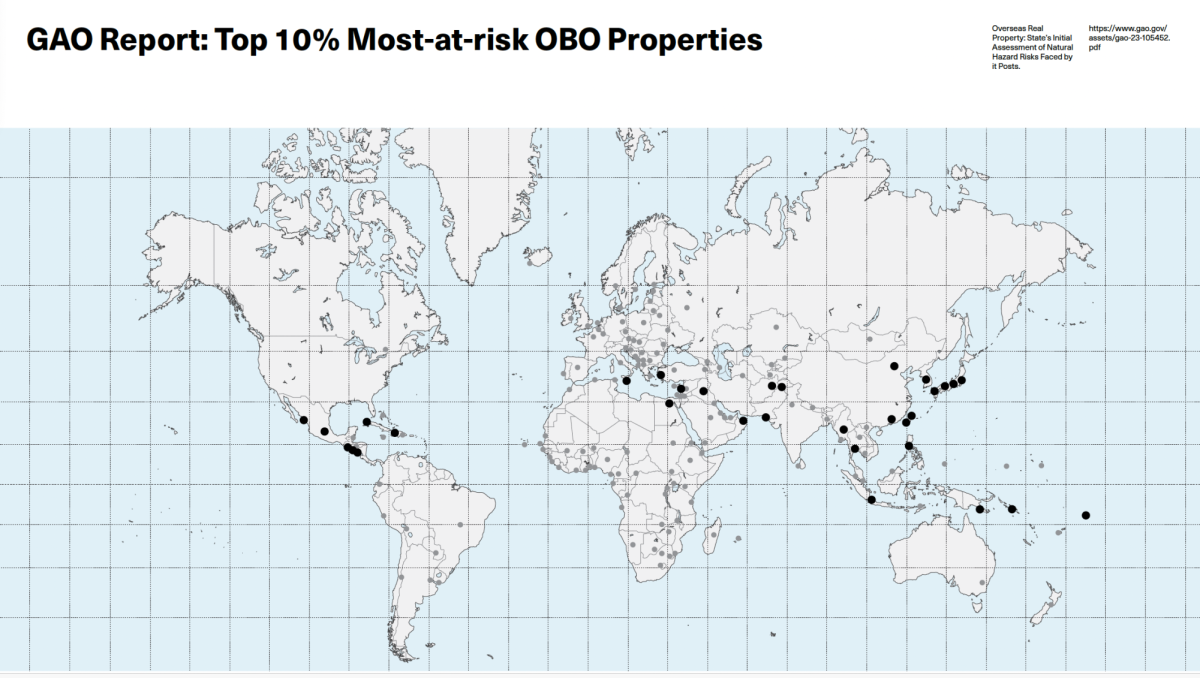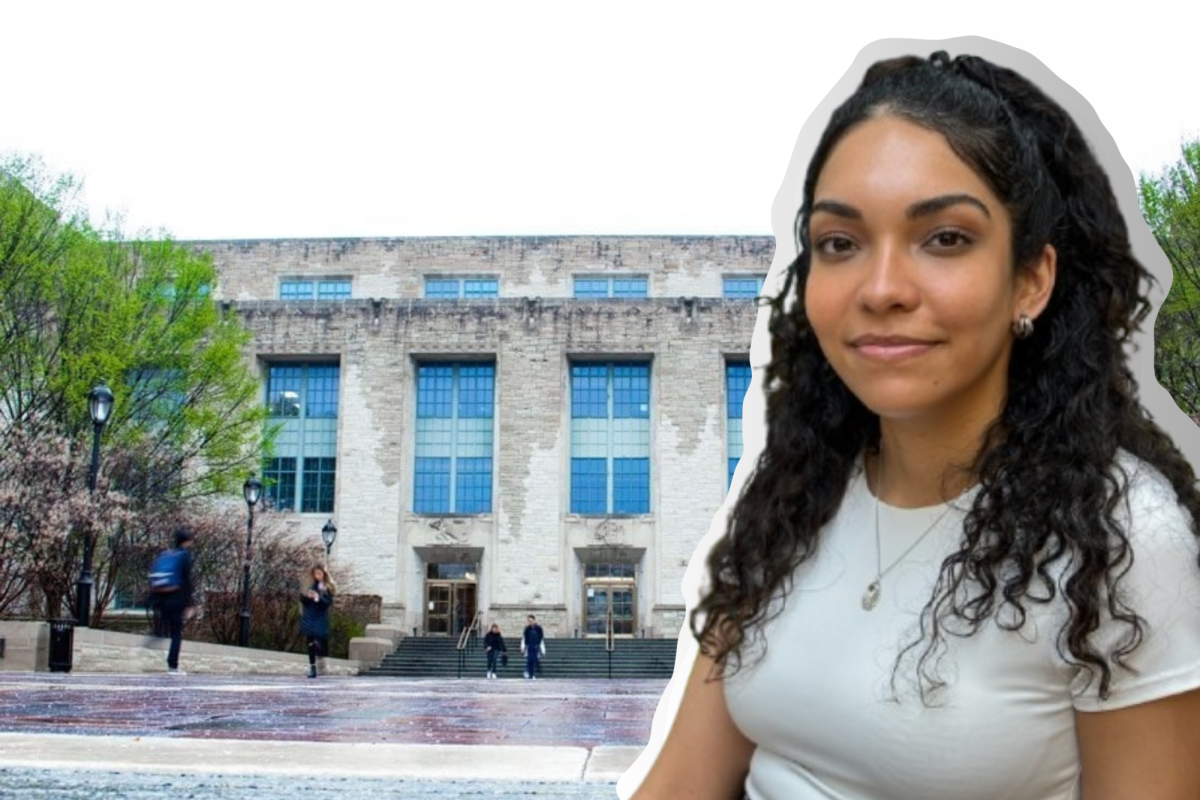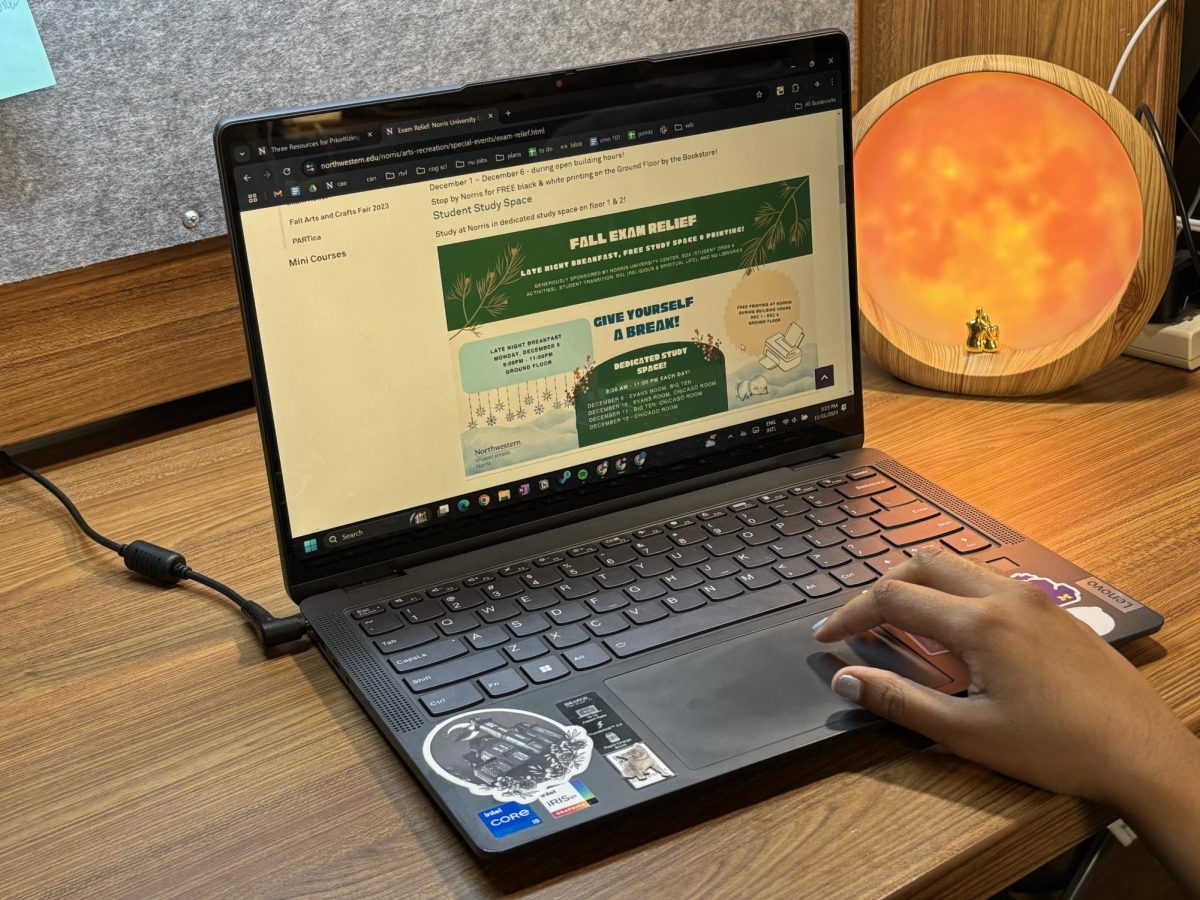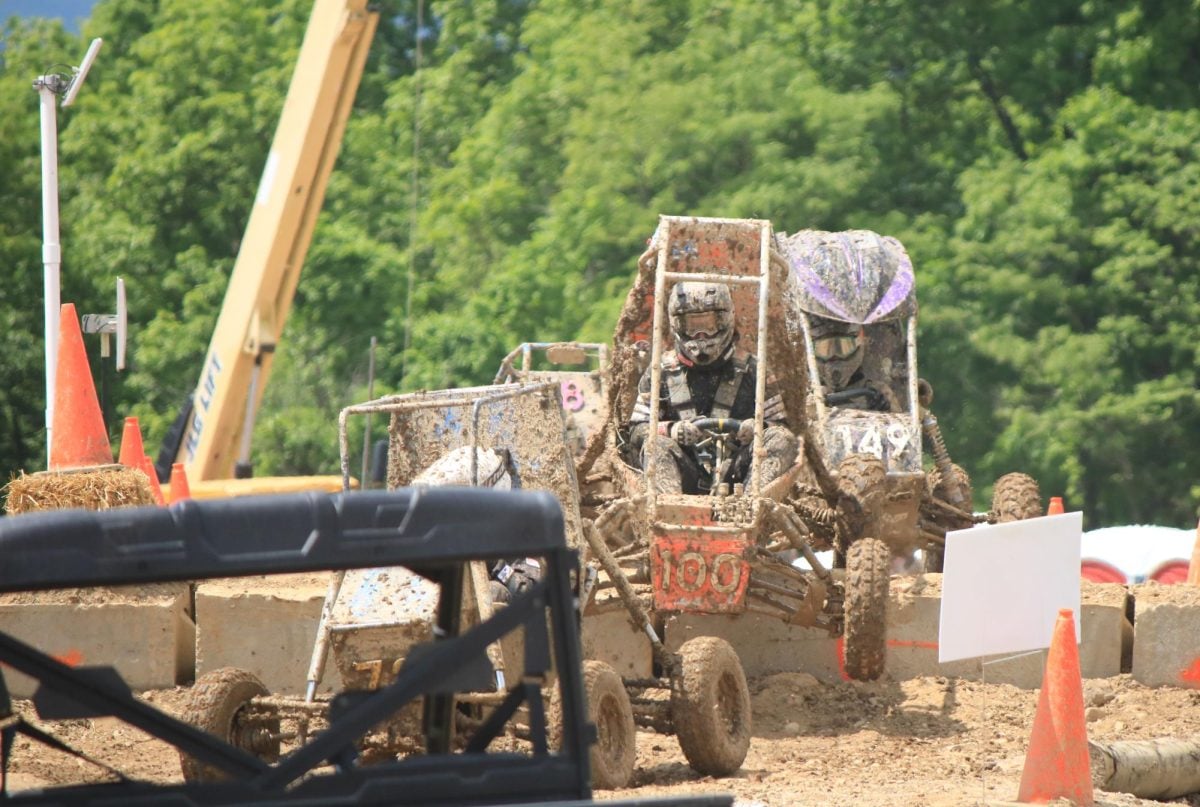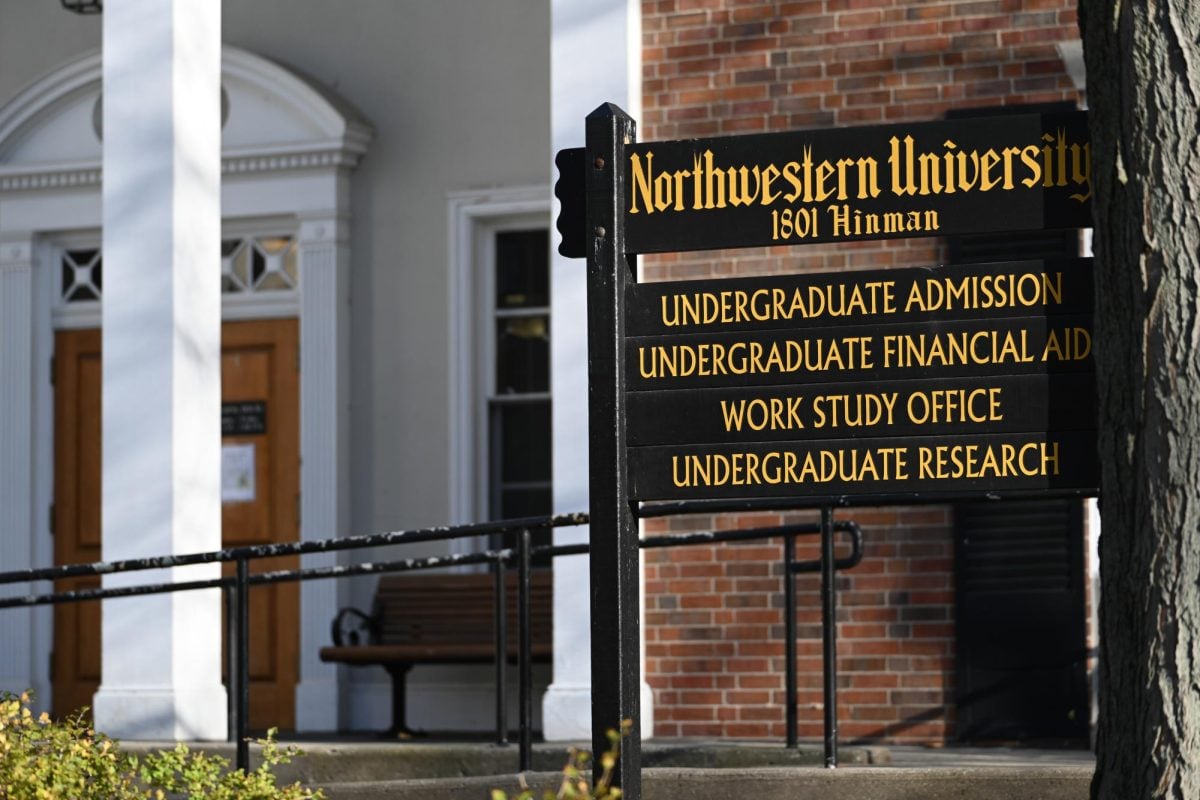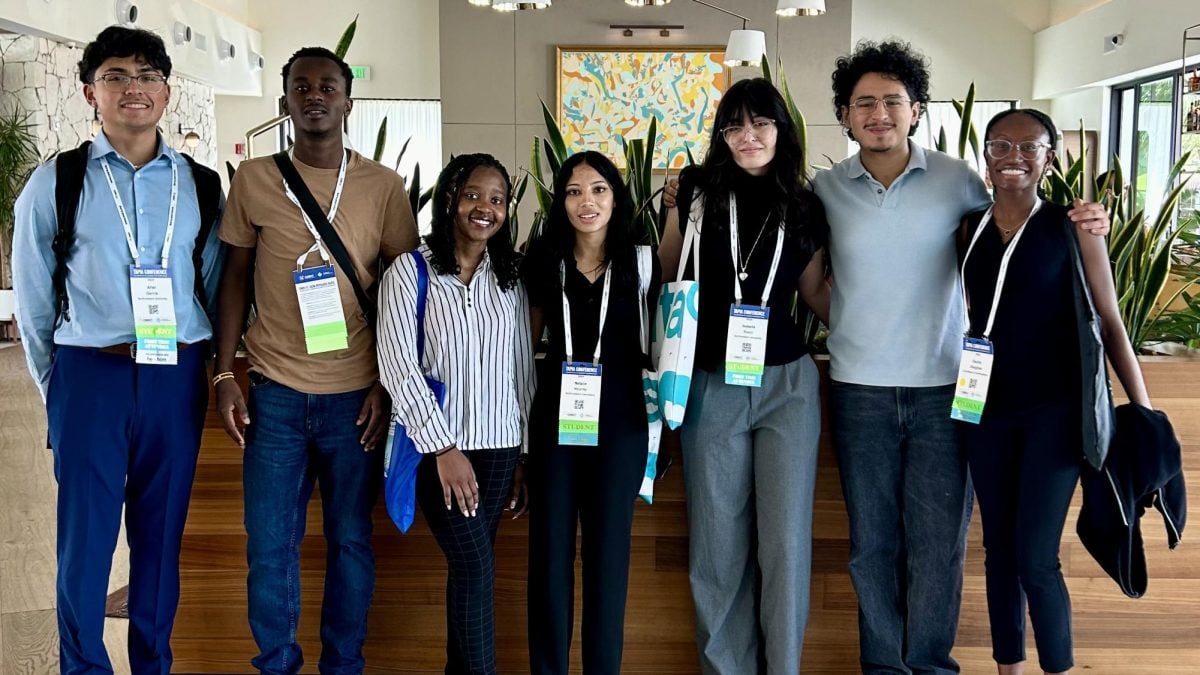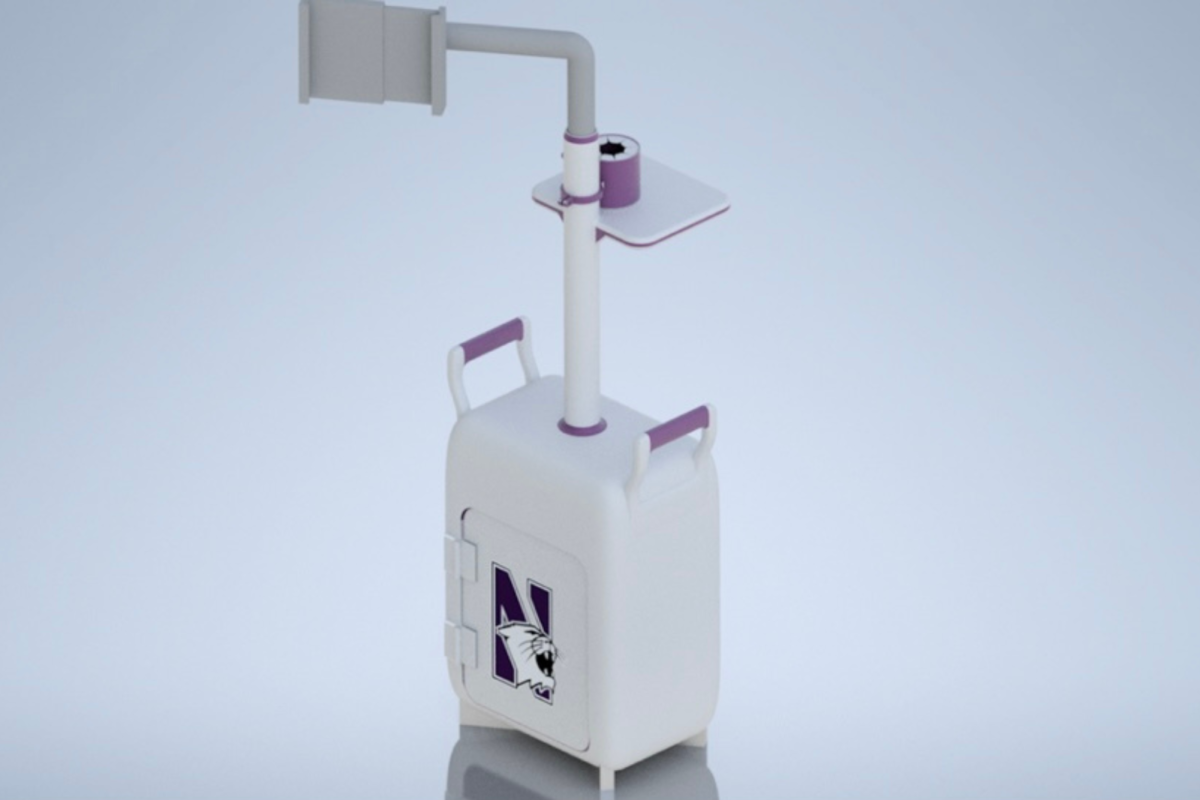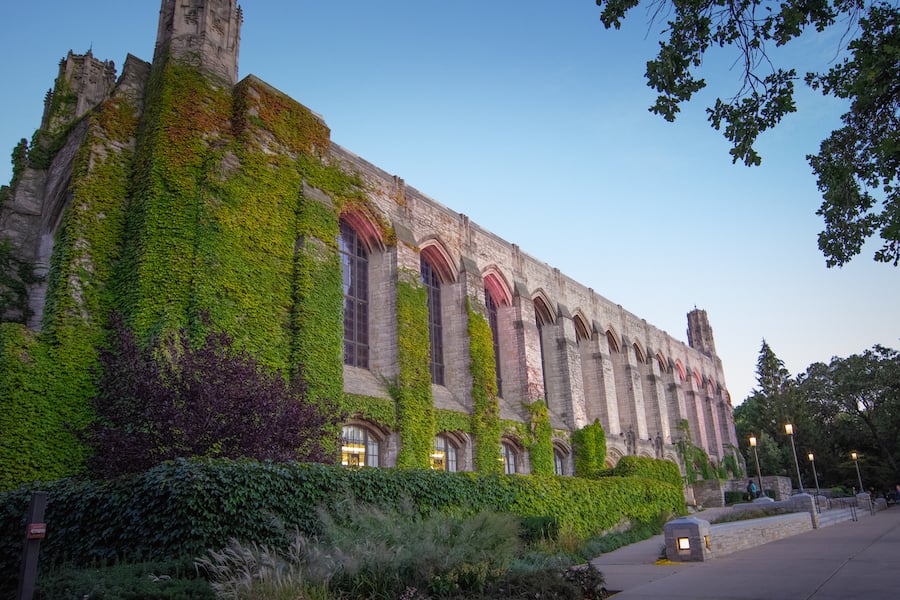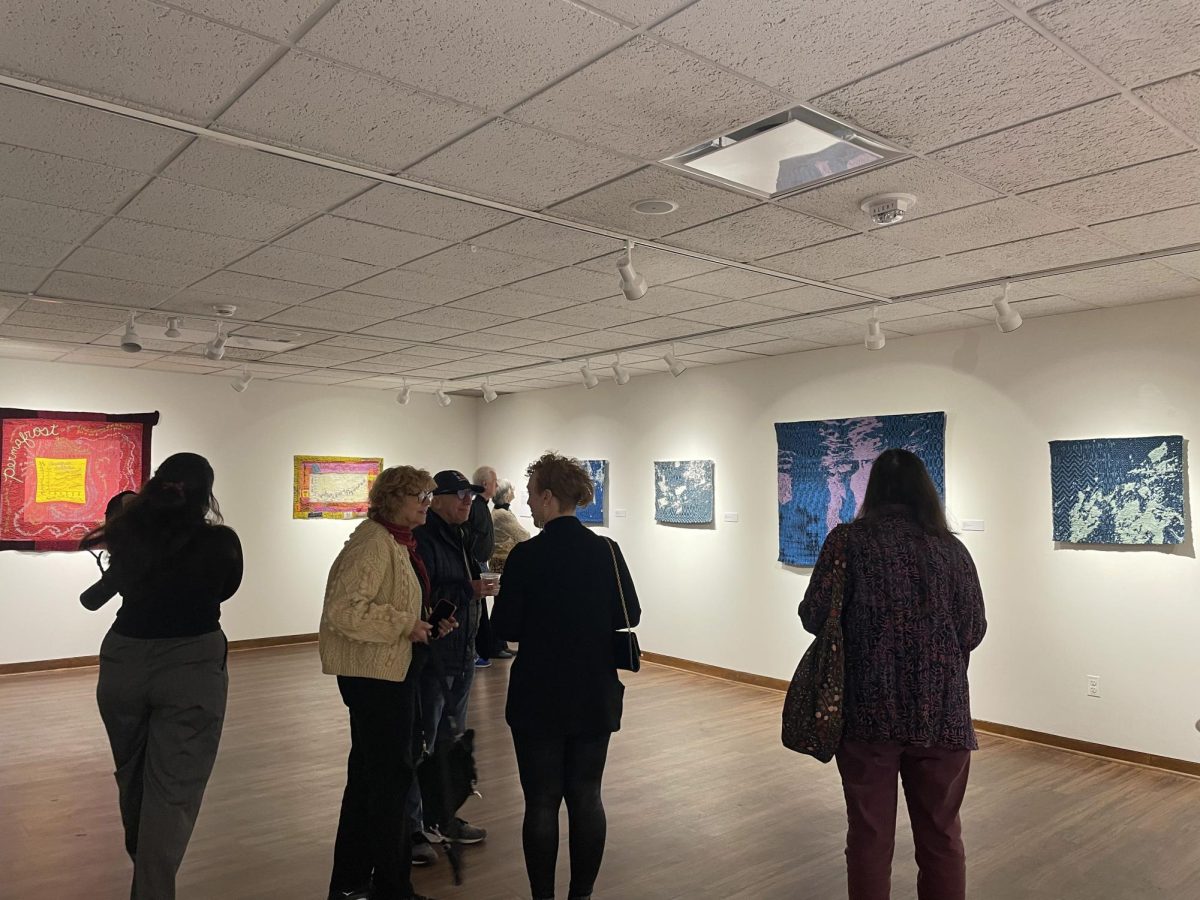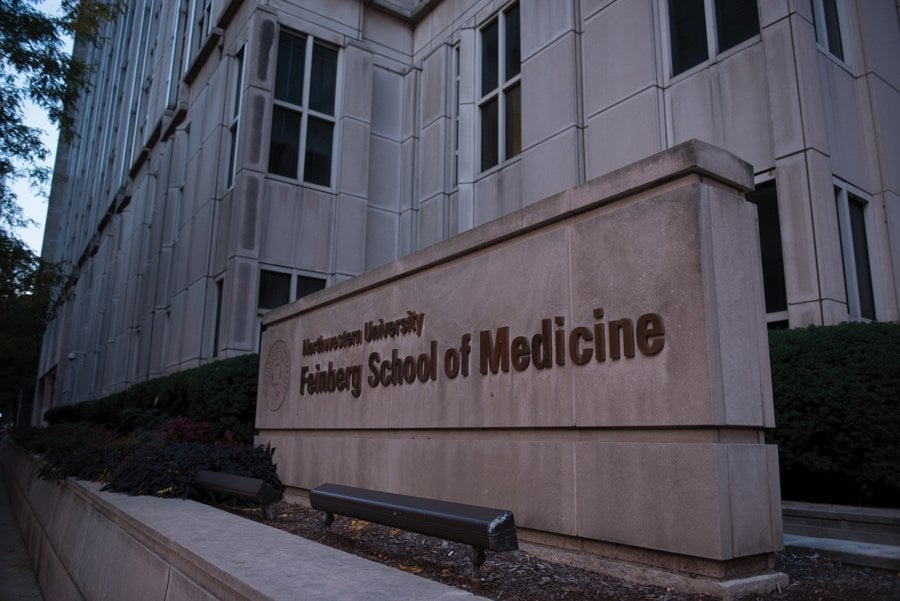The first face transplant in Spain shocked the world in 2010, advancing facial reconstruction techniques that hadn’t changed in more than 15 years. Now, Northwestern , University of Texas at Arlington and U.S. Army researchers are giving the field a new face with an invention called the Biomask.
The Biomask, which is currently undergoing testing at the microscopic level, would work by allowing a doctor to essentially build a face out of individual cells. A doctor would take a 3-dimensional mold of a burn victim’s face and determine with a computer which parts of the face need to be thicker or thinner.
The project started when NU plastic surgery Prof. Robert Galiano began tissue engineering research in 2006. His project, focusing on growing tissue inside mice using advanced methods, went on hiatus shortly thereafter due to lack of funding.
His team received a second chance on the project when Colonel Robert Hale, commander of the U.S. Army Dental and Trauma Research Detachment in San Antonio, and Army researcher Kai Leung rediscovered Galiano’s research. Galiano and NU colleagues doctors Thomas Mustoe and Claudia Chavez-Munoz started collaborating with the Army and University of Texas Arlington engineer Eileen Moss after receiving an Army grant.
“Colonel Hale had a vision, since there aren’t great options for soldiers who have their faces burned almost completely in the Iraq and Afghanistan wars,” Galiano said. “We started talking, and through discussing with them and other collaborators, we launched the Biomask project.”
Current methods of facial reconstruction for burn victims include face transplantation or skin grafting. Transplantation is both costly and extremely difficult, and grafting is not ideal either, Galiano said.
“On a face, where the skin has color variations, sweat glands, oil glands and hair follicles, grafting looks like a quilt,” Galiano said. “These patients are not satisfied with the current techniques, but that’s all they’ve got.”
In the past, when scientists have attempted to grow tissue components in vitro, the tissue cannot integrate and survive. What makes the Biomask so unique, Chavez-Munoz said, is the tissue grows on top of its host, with a preexisting vasculature system that can transport essential substances, such as blood, nutrients and oxygen.
The mask includes sensors that monitor pH, temperature, flow of nutrients and bacteria beneath the mask. The mask is also transparent, which allows doctors to visually examine the patient at all times without disturbing the healing process. Finally, vacuum suction applied over the whole mask can promote tissue growth.
The team is currently perfecting the tissue growth rates and optimization of the technology. Chavez-Munoz said the NU doctors provide a clinical perspective so that the UT Arlington researchers will know how to reengineer each component. Within two years, it will test the mask on large animals such as pigs.
“It’s a work in progress,” Galiano said. “My guess is that within the next four to five years we’ll be doing clinical trials on patients.”
The team’s work may result in patents, Galiano said, but right now he is focused on perfecting the product at the cellular level. He predicts it will pique the interest of top officials in the Army and hopefully receive more funding.
“We have the ideas and we have the hope,” Galiano said. “If we could achieve even a simplistic gain, then over time we could grow more sophisticated types of tissue.”
